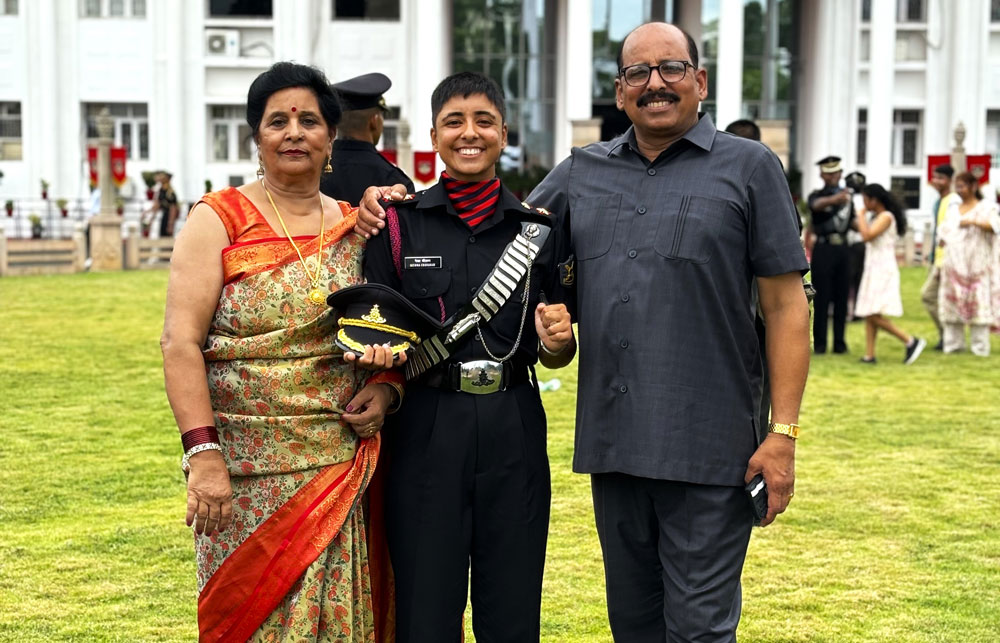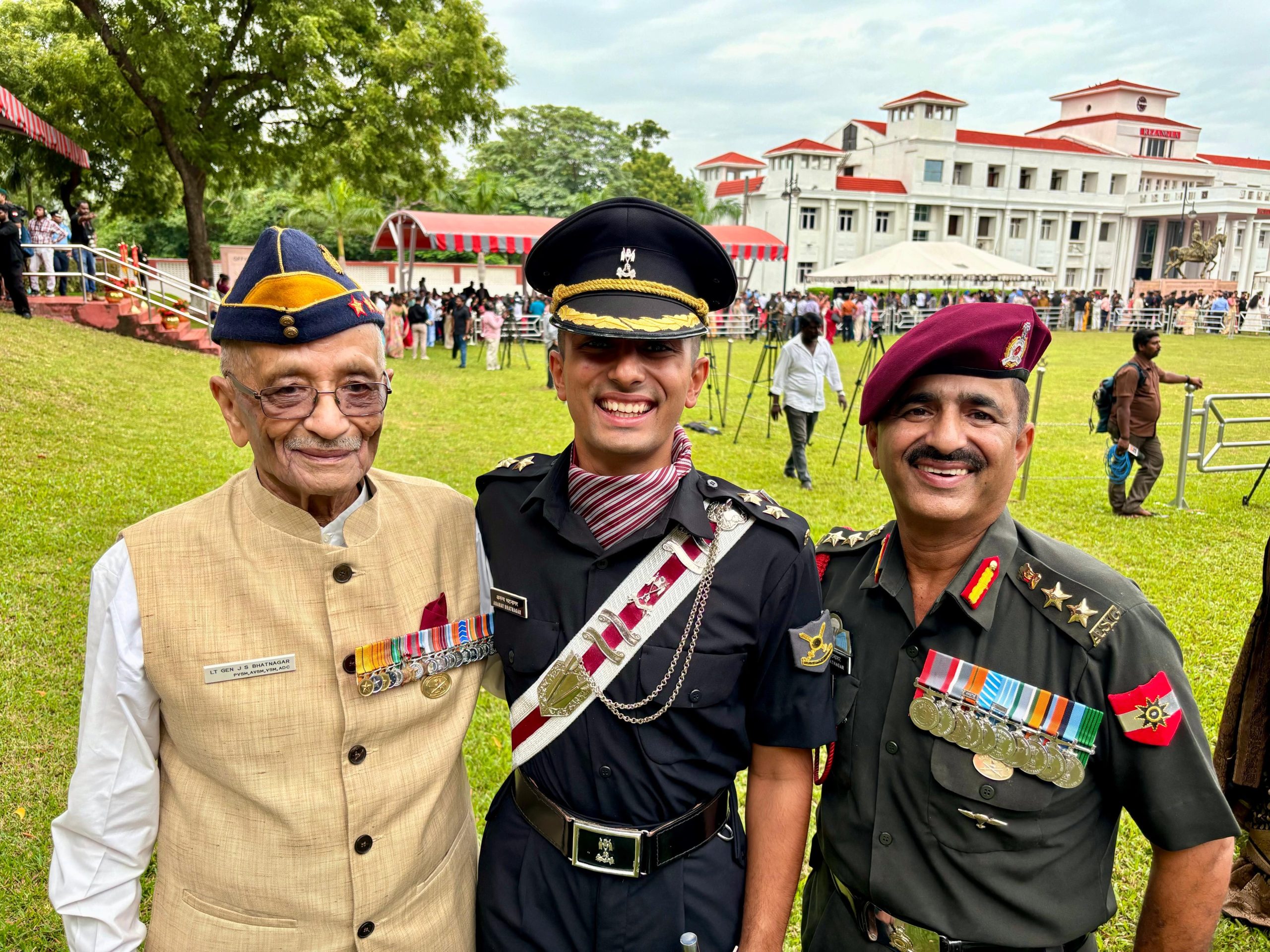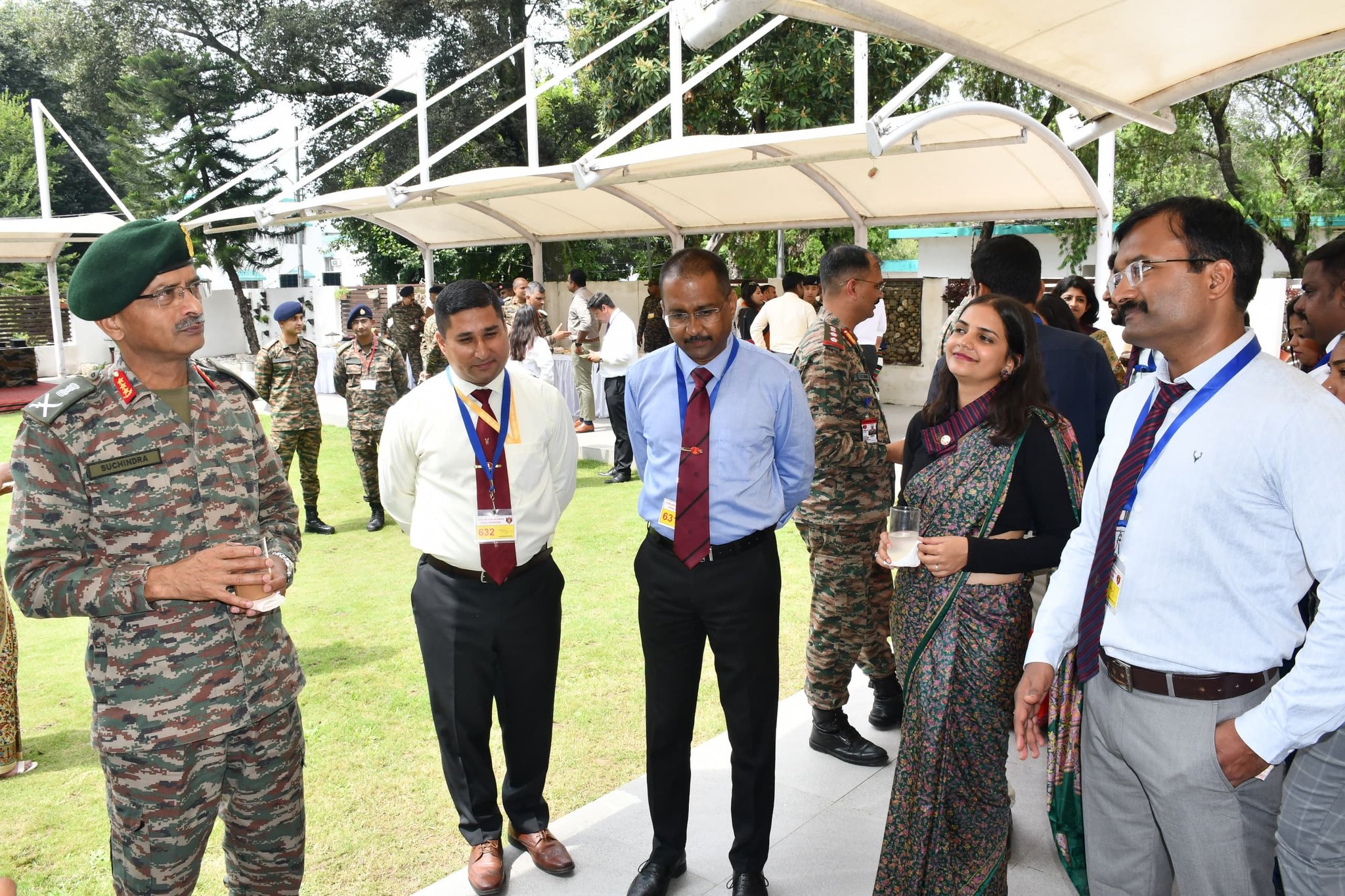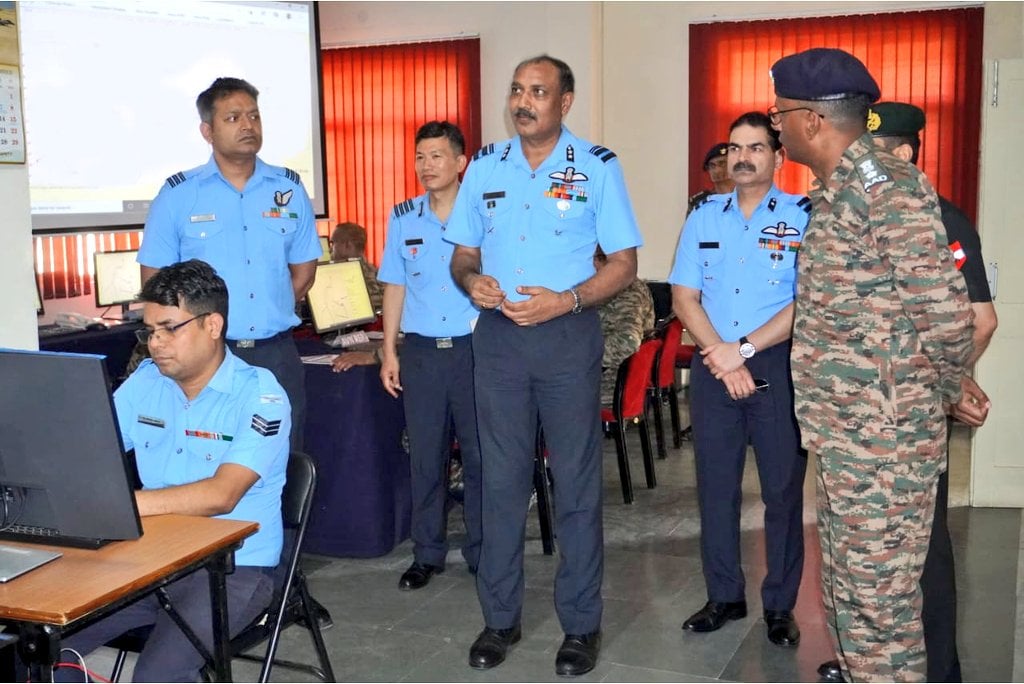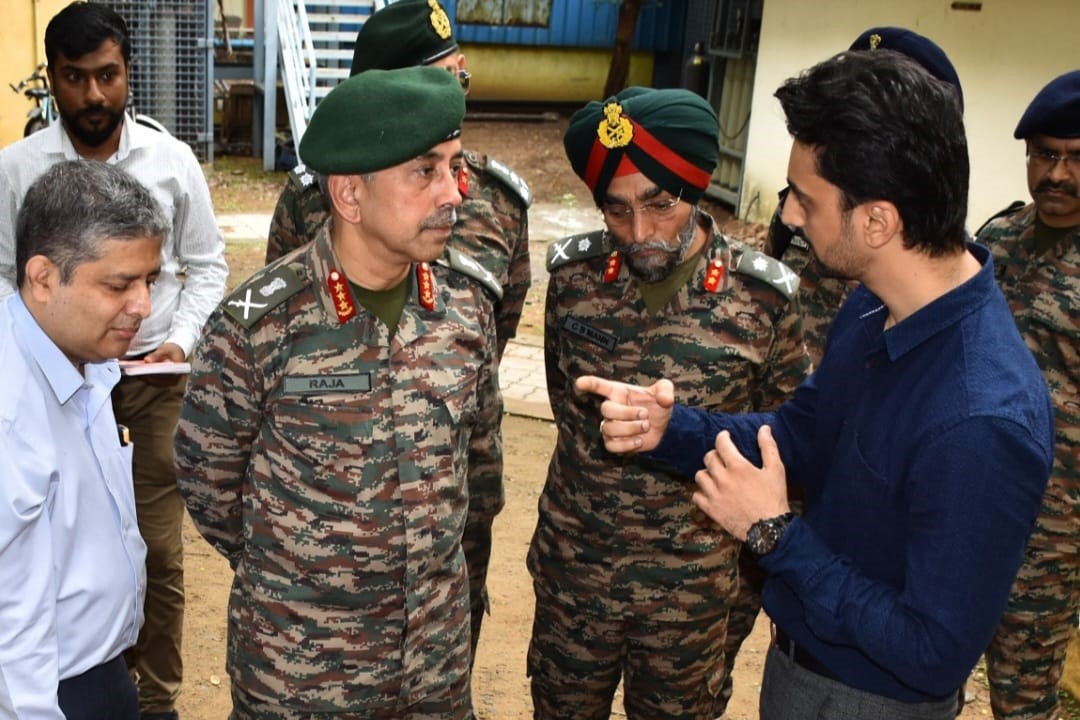Meet Lieutenant Megha Chouhan, 1st Generation Army Officer from a Police Family
On the 7th of September, 2024, Lieutenant Megha Chouhan, a trailblazer in her own right, walked with pride as she…
Meet Lt. Ananay Bhatnagar, A 3rd Generation Army Officer Upholding a Legacy
Lt. Ananay Bhatnagar marked a proud milestone as he was commissioned into the prestigious 19 Armoured Regiment, following his successful…
Lt Gen MV Suchindra Kumar Highlights Role of Defence Correspondents in Nation-Building at Udhampur Course
Lieutenant General MV Suchindra Kumar, Army Commander of the Northern Command, delivered a compelling address to participants of the Defence…
Lt Gen MV Suchindra Kumar Celebrates Innovators at Northern Command Competitions
Lieutenant General MV Suchindra Kumar, Army Commander of the Northern Command, presided over the felicitation ceremony for the winners of…
Air Vice Marshal A Suresh Kumar Focuses on Jointness and Integration at Carpe Diem Brigade Visit
In a strategic move to enhance the operational efficiency of the Indian Armed Forces, Air Vice Marshal A Suresh Kumar,…
Lieutenant General NS Raja Subramani Fosters Collaboration for Defense Modernization at IIT Madras
In a significant step towards enhancing India's defense capabilities through technological innovation, Lieutenant General NS Raja Subramani, Vice Chief of…

